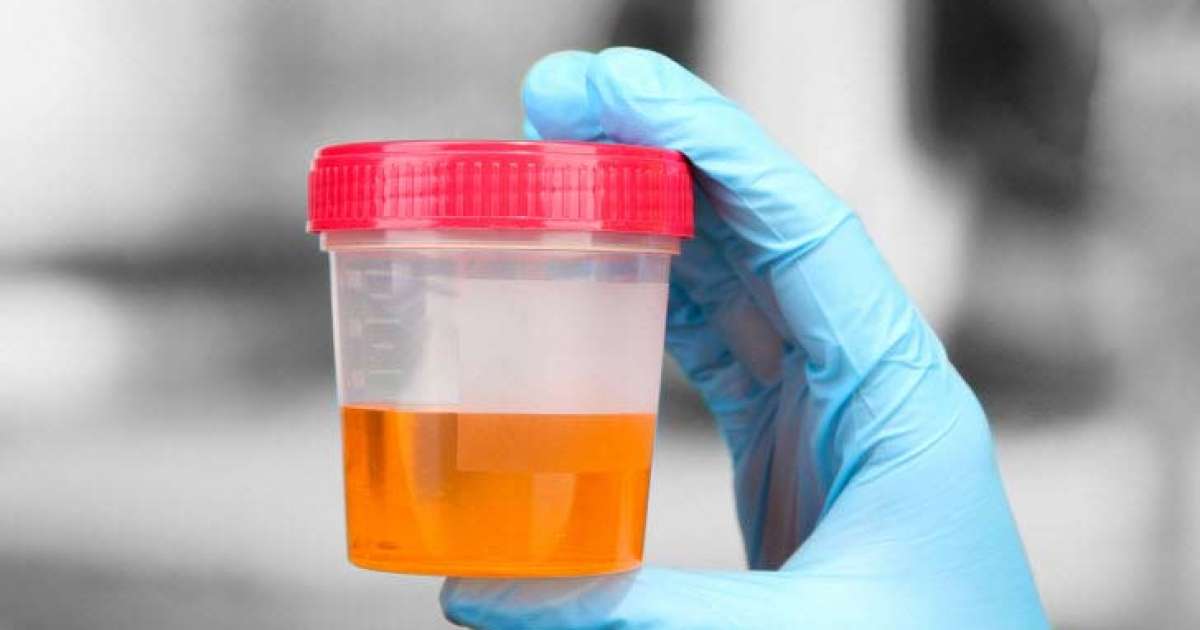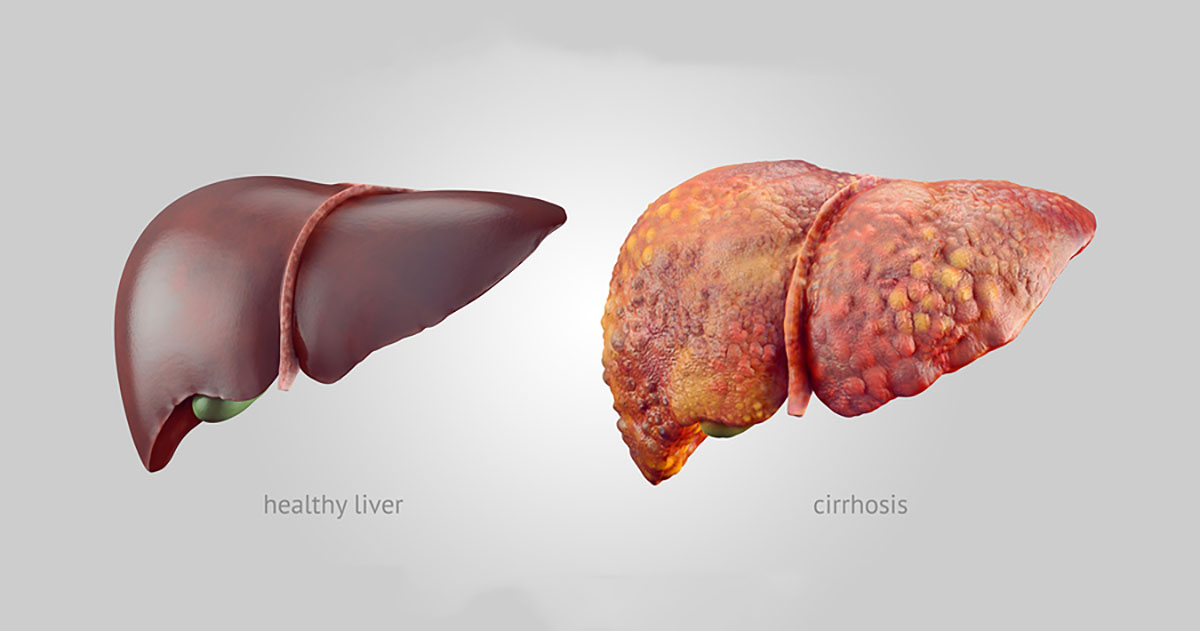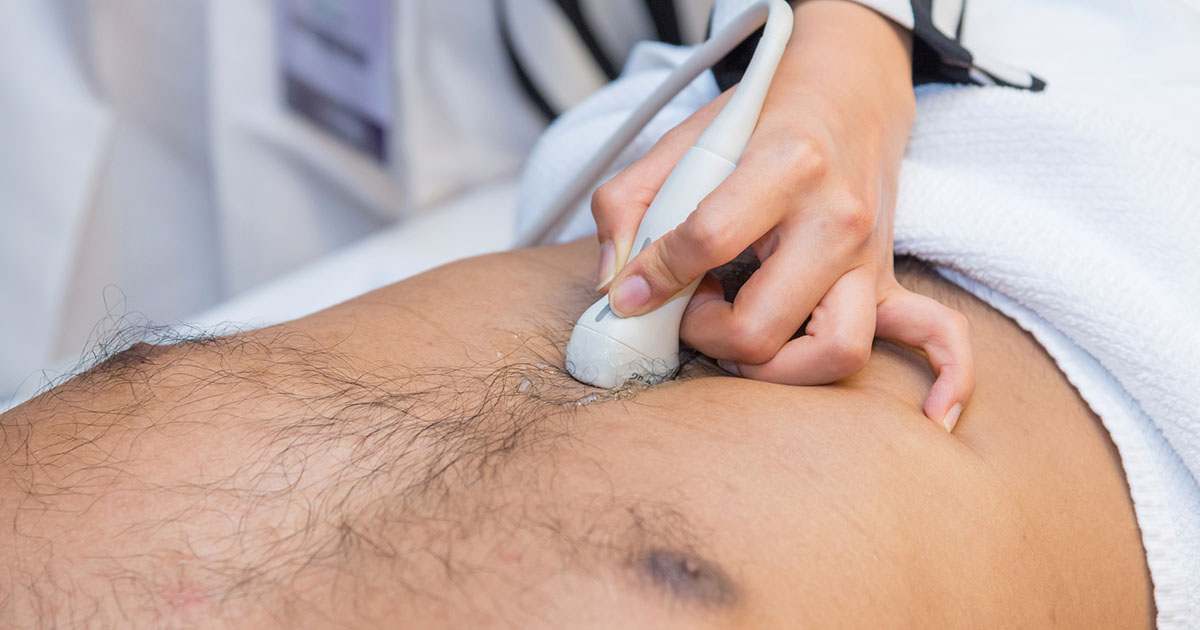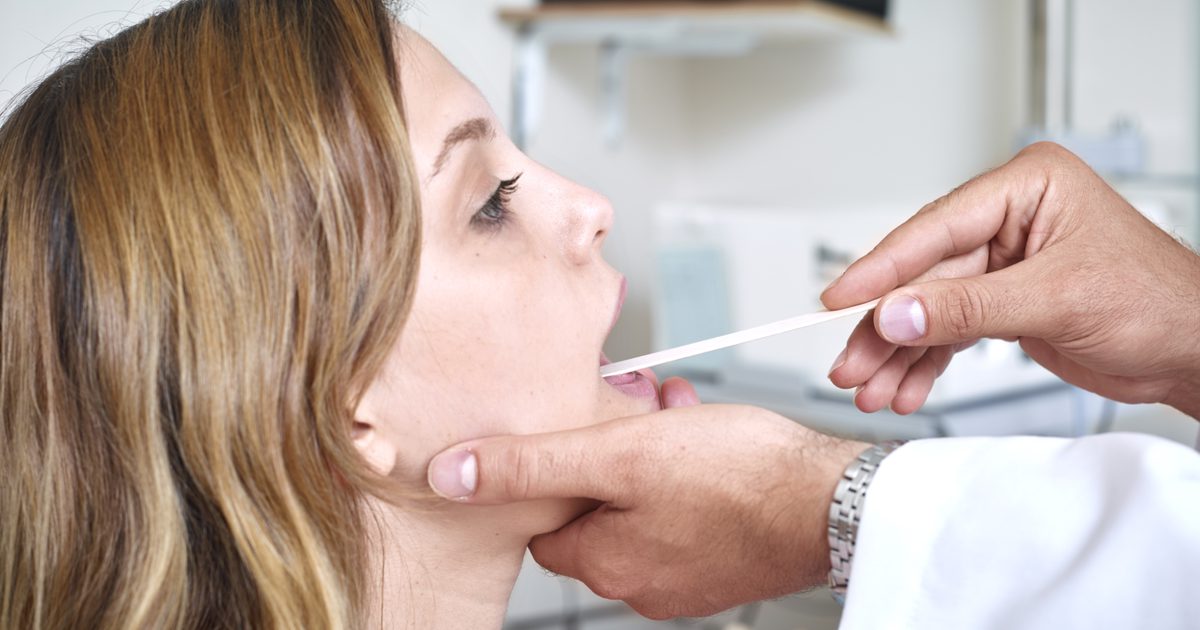Important Signs Of Liver Damage
Liver disease, also referred to as the hepatic disease, occurs when there is a disruption of liver function that results in disease. It is a broad term used to describe all the problems that could cause the liver to fail. It takes approximately seventy-five percent of liver tissue to become disrupted before liver damage is diagnosed. The liver is responsible for many functions in the body, including the production and secretion of bile. Here are the many signs of liver damage to be aware of.
Jaundice

Jaundice occurs when the skin, body fluids, and the white part of the eye develops a yellowish or orange tint. It is caused by an excess of bilirubin in the blood. Bilirubin is a chemical compound that is naturally yellow in color. The level of tint in the skin and eyes is determined by the amount of bilirubin in the blood. To help provide relief with Jaundice you may consider alternative medicines such as 100% Jaundice Relief. Jaundice may occur when the liver does not properly secrete bile, and a buildup of bilirubin causes the skin to display a yellow tint.
Dark Urine

Dark urine is another symptom of jaundice. It occurs when there is a buildup of bilirubin in the blood, which causes the skin to become yellow or orange. In some cases of jaundice, dark urine may occur as a result of the pigment that is produced when decreased red blood cells break down. When the liver is damaged, it cannot properly excrete bilirubin, which causes a backup in the body and results in a urine color that is darker than normal.
Pale Stool

Having pale or chalk colored stool is a common symptom of liver disease. This symptom occurs when there is damage done to the biliary system. Bile salts are responsible for giving stool its brown color. When it is not properly excreted, the color of the stool may change. Blood in the stool is a sign of end-stage cirrhosis that causes permanent scarring of the liver. Black stool may occur when blood does not properly flow through the liver and causes hypertension in the veins of the liver.
Swollen Legs

Swollen legs and ankles also referred to as edema, is a common symptom of liver disease. It occurs when the veins in the liver develop hypertension, causing fluid to collect in the ankles and legs. Fluid may also accumulate in the abdomen, causing it to become enlarged during a process known as ascites. Recurrent episodes of swollen ankles, legs or abdomen should be treated by a doctor as this may be a sign of liver disease.
Chronic Fatigue

Chronic fatigue is when an individual feels constantly tired, drowsy, consistently drained and lacking energy, and total exhaustion for no viable reason. Although many conditions can cause chronic fatigue, it is another common symptom of liver damage or disease, also known as hepatitis, regardless if the hepatitis was initially caused by a virus, excessive alcohol or fat consumption, or a genetic disease. The type of fatigue a patient experiences can be intermittent or constant, as well as mild or completely debilitating.
There is currently no relationship between the severity of the liver damage and severity of the fatigue. Some patients with very mild liver damage can experience debilitating fatigue while those who have severe liver damage or liver disease may not experience any chronic fatigue at all or vice versa. Chronic fatigue affects every individual differently and is a classic symptom of many other conditions as well.
Bruising Easily

Bruising easily may be a sign of liver disease and should be treated by a doctor. People with liver disease may notice bruising on their skin, but they do not remember how it got there. Bruising is caused when the liver no longer secretes the proper amount of blood clotting factors that it normally would. People who bleed easily may also consider this a sign of liver damage for the same reason (a lack of blood clotting factors).
Nausea And Vomiting

Nausea is specifically associated with a fatty liver disease which progresses slowly in most individuals. As many as 60 million Americans suffer from some form of this condition and untreated, this disease causes scarring and eventually failure of the liver. Once the liver has become scarred, proper blood flow is prevented which increases the likelihood of pressure building up in the stomach. This pressure is the cause of the nauseating feeling associated with a fatty liver disease. This symptom can even lead to vomiting blood which is a severe medical problem. Liver problems can also lead to a loss of appetite which can also lead to a nauseous feeling. Many individuals who experience liver problems will be prone to acute periods of nauseousness as well as a general unwell feeling and even disorientation or confusion.
Abdominal Pain And Swelling

Liver pain can come in a variety of forms, with most individuals experiencing it as a dull, throbbing sensation in the right upper abdomen, and it can also feel like a stabbing sensation as well. In some cases, abdominal pain can also be accompanied by swelling, and some patients have reported experiencing radiating liver pain in their back or right shoulder blade. Formally known as ascites, abdominal swelling is when there is a fluid buildup in the abdominal cavity that is caused by fluid leaks from the surface of the liver and intestine.
Ascites associated with liver disease is typically accompanied by other symptoms of liver damage or disease, such as portal hypertension. Signs of ascites, or abdominal swelling, can include a distended abdominal cavity, which can cause discomfort and shortness of breath. Abdominal swelling, or ascites, can be caused by cirrhosis, Reye’s syndrome, liver cancer, alcoholic hepatitis, obstruction of the hepatic vein, and hemochromatosis.
Memory Loss And Difficulty Concentrating

Although the liver is most associated with the regulation of the metabolic process, a damaged liver can also negatively affect concentration and memory. While a healthy liver eliminates toxins in the body, a damaged, or compromised organ, cannot efficiently do this. The damage to the liver can allow toxins, that would have been otherwise removed from the body, to make their way to the brain. The medical name for this type of issue is hepatic encephalopathy, and it can gradually develop over time or appear suddenly due to rapid degeneration of the liver.
If the brain is exposed to these toxins for an extended period, permanent brain damage can occur, and in other cases of hepatic encephalopathy, some have slipped into comas and become unresponsive. Recurring examples of this condition are common in individuals who have severe scarring of the liver.
Itchy Skin And Dark Circles Under The Eyes

Itchiness in the skin can be caused by a chemical that is present in bile which is usually broken down by the liver. If the liver is not functioning correctly, the chemical that causes the itching sensation is not broken down properly and itchy parts of the skin, or even all over itching, can occur. If this feeling is from dysfunction of the liver, then the skin will appear healthy looking apart from the areas scratched. Dark circles under the eyes can indicate liver damage as well as many other underlying medical issues. If this symptom is found to be from liver damage, try raw vegetable juices and a liver tonic which will contain B vitamins and amino acids.
Developing New Allergies Or Vitamin Deficiencies

An allergy is a bodily response to a substance, and they are directly related to poor liver function. Allergens are incredibly common and include dust, peanuts, pets, and various food, to name just a few. If the liver's function is compromised by a disease, it may not be able to break down chemicals in a productive way which can lead to toxins infiltrating the bloodstream. These toxins overstimulate the immune system which causes an influx of inflammatory chemicals in response.
These chemicals in the blood often lead to hives, itching, and rashes. Individuals with preexisting allergies may see them become worse with liver disease. There have been many medical studies published surrounding the lack of vitamin D deficiency in patients with liver disease, and it is a common problem in those who suffer any form of liver conditions.
Muscle Loss And Shrunken Testicles In Men

The liver does not produce hormones, but it is essential in the regulation process. The organ plays a considerable role in hormonal imbalances because the liver breaks down the hormones that control the balance of potassium and sodium, water in the body, sex hormones, and the immune system. If these hormones are not broken down efficiently, chemicals accumulate in the body and can lead to significant imbalances. These imbalances can also negatively affect male testicles, causing them to shrink and adversely impeding sexual drive and performance. Chronic alcoholism can also lead to this condition which is known as testicle atrophy. Although the liver does not produce hormones, it is an essential part of the body's hormonal function and regulation in both men and women.
Portal Hypertension

Another symptom indicating liver damage is portal hypertension, which is high blood pressure in the portal vein, which supplies the liver with blood from the intestine and spleen. This symptom can occur due to an increase in the individual’s blood pressure in the portal blood vessels or resistance of blood flow through the liver. Portal hypertension can also lead to the growth of new blood vessels, called collaterals, that connect blood flow from the intestine to the circulatory system, ultimately bypassing the liver. Unfortunately, when this happens, substances that are usually removed by the liver are able to get into the circulatory system. Further symptoms that indicate portal hypertension is happening in a patient’s body is when they show signs of ascites or develop varicose veins.
Esophageal Varices

Another sheer sign of liver damage and disease is the development of esophageal varices, which are dilated blood vessels within the walls of the lower part of the esophagus that can bleed at any time. This symptom often appears in patients who have extensive liver damage or an advanced stage of liver disease. As previously discussed, liver damage can cause portal hypertension, which is high blood pressure in the portal vein, that supplies the liver with blood.
Collateral blood vessels gradually develop due to this pressure, causing blood vessels to grow and divert the blood due to the high blood pressure. This extra, high blood pressure in the vessels causes them to dilate and become severely painful and inflamed, which can eventually reach the lower esophagus and stomach, which are prone to rupture. Further signs of this dangerous symptom are painless vomiting of blood, dark or bloody stools, decreased urination, excessive thirst, light-headedness, paleness, and anemia.
Diagnosing Liver Damage

It is imperative that if a patient shows a majority, if not all, of the signs of liver damage, that they visit their doctor for a proper diagnosis. Discovering the exact cause and extent of liver damage is critical, as the diagnosis guides the type of treatment the patient will receive. A doctor is likely to begin the diagnosis by examining the patient’s health and medical history and perform a thorough examination. There are three ways to determine if an individual has liver damage and the extent of it.
The first way is with a blood test, where a group of blood tests is performed, called liver function tests, which are used to determine if an individual has liver disease. Other blood tests can be done to look for specific liver problems or genetic disorders as well. Imaging tests, such as an ultrasound, CT scan, and MRI, are the second type of tests that can show liver damage. Finally, a tissue analysis can be conducted and involves removing a tissue sample, known as a biopsy, from the patient’s liver and can help diagnose liver disease and signs of liver damage. A liver biopsy is often performed using a long needle inserted through the skin to extract a tissue sample, which is then sent to a laboratory for examination.
